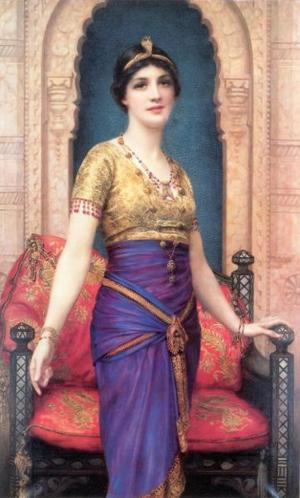Kutune Shirka: The Ainu Epic and Yukara: Epos of the Ainus, Study and Translation of Kamuy-Yukara
Nonfiction, Religion & Spirituality, New Age, History, Fiction & Literature| Author: | Kiyoko Miura | ISBN: | 9781465573254 |
| Publisher: | Library of Alexandria | Publication: | March 8, 2015 |
| Imprint: | Language: | English |
| Author: | Kiyoko Miura |
| ISBN: | 9781465573254 |
| Publisher: | Library of Alexandria |
| Publication: | March 8, 2015 |
| Imprint: | |
| Language: | English |
It is now known that the Ainu is the oldest tribe having once occupied the land of Japan before some strong tribes came from the Southern Asia and landed and pushed the Ainus gradually up northward. They finally had to be settled in the northern-most island of Japan called Hokkaido and the southern part of the Saghalien Island. Although they had their own religious faith, tradition and culture quite different from those of Japanese, they have been gradually disappearing; and the true descendants of the Ainu today are scarce. For many generations they have been thoroughly Japanized and their legends and traditions have become more commercialized, to be the means of living, rather than their life itself. The Ainu people had always been very spiritual and religious creating and worshipping many gods and goddesses; and their spiritualism has remained through centuries in a very ancient and primitive form which might be similar to the totemism or animism of the American Indians and other ancient tribes.
It is now known that the Ainu is the oldest tribe having once occupied the land of Japan before some strong tribes came from the Southern Asia and landed and pushed the Ainus gradually up northward. They finally had to be settled in the northern-most island of Japan called Hokkaido and the southern part of the Saghalien Island. Although they had their own religious faith, tradition and culture quite different from those of Japanese, they have been gradually disappearing; and the true descendants of the Ainu today are scarce. For many generations they have been thoroughly Japanized and their legends and traditions have become more commercialized, to be the means of living, rather than their life itself. The Ainu people had always been very spiritual and religious creating and worshipping many gods and goddesses; and their spiritualism has remained through centuries in a very ancient and primitive form which might be similar to the totemism or animism of the American Indians and other ancient tribes.















